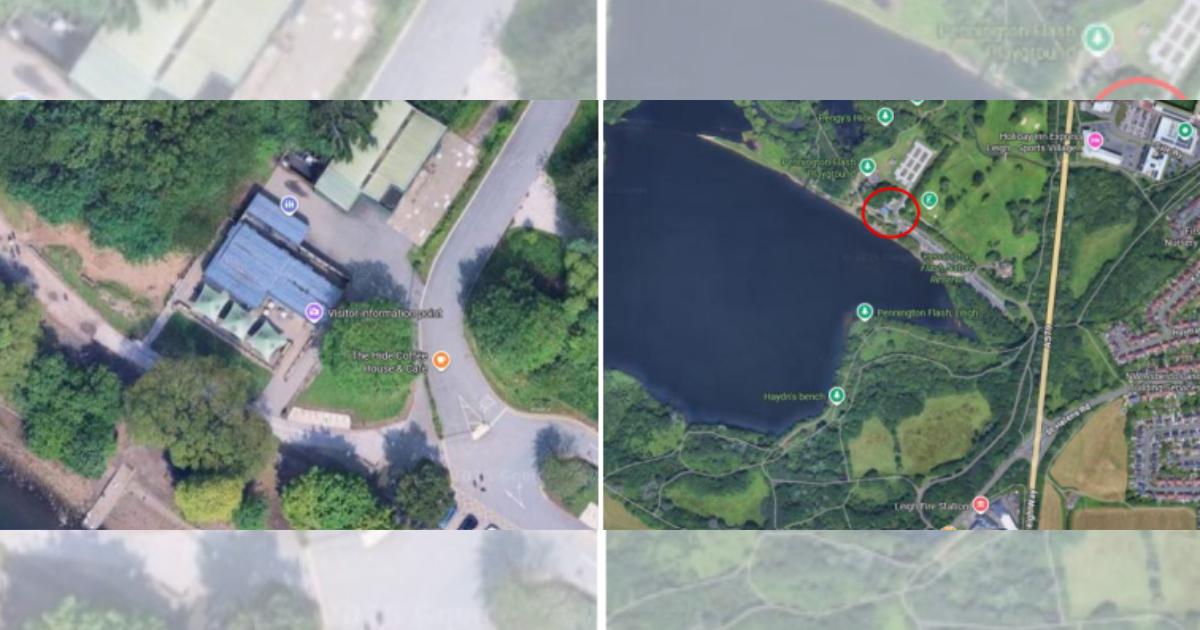News Beat
Cafe at Pennington Flash reserve set for extension


The plan to enlarge the Hide Coffee House at Pennington Flash Nature Reserve, near Leigh, has been lodged by Wigan Council.
Details of the extension show it will have new kitchen facilities and a bigger dining area.
This move is mainly in response to growing demand since the café, which also offers outdoor seating, opened in 2023.
It was initially part of a substantial upgrade of facilities at the reserve, which included new toilets and improvements to parking, such as electric vehicle charging points.
The café has also been outfitted with a raised area for outdoor seating.
The new extension will have an external finish and appearance that matches the original building, aiming to provide a seamless addition to the existing structure.
It will take over a raised decking area for dining in the southwest of the building, while the northeast part will be set aside for the preparation kitchen extension.
Wigan Council’s multi-million-pound renovation also involved adding electric vehicle charging points to the reserve.
Pennington Flash is part of The Flashes of Wigan and Leigh, consisting of eight local sites.
Pennington Flash Nature Reserve, managed by Wigan Council, features wetland habitats formed through the flash flooding of former coal sites.
Over 230 types of birds have been spotted in the reserve.
Pennington Flash is a popular spot for various recreational activities.
People visit for walking, cycling, horseback riding, sailing, windsurfing, and bird watching.








